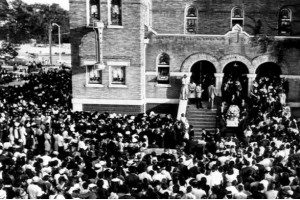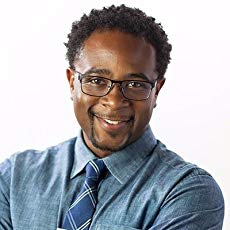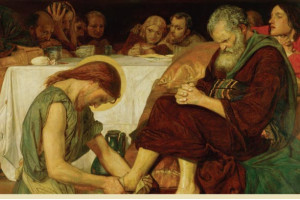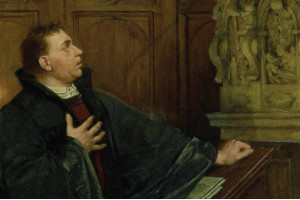

The Color of Compromise
This course reveals the chilling connection between the church and racism throughout American history. Units explore ways Christians have reinforced theories of racial superiority and inferiority, and outline the kind of bold action needed to forge a future of equity and justice.
At a Glance
- Gain foundational knowledge about the roots of racism in the American church
- Insight into how people of the faith have both worked for and against racial justice, as well as how the silence of moderates contributed to a culture of complicity
- Ideas to move forward and foster more justice and equality within the American church
- Access to all course material—video lectures; lessons; key concept reviews, and quizzes
- Access to the ebook "The Color of Compromise" within the course and via an eReader
- Access to the Cerego learning system to build memory retention of course objectives
- 24/7 access for 12 months to complete the course at your own pace
More Details
In August of 1963, Martin Luther King, Jr. delivered his famous "I Have a Dream" speech, calling on all Americans to view others not by the color of their skin but by the content of their character. Yet King included another powerful word, one that is often overlooked. Warning against the "tranquilizing drug of gradualism," King emphasized the fierce urgency of now, the need to resist the status quo and take immediate action.
King's call to action, first issued over fifty years ago, is relevant for the church in America today. Churches remain racially segregated and are largely ineffective in addressing complex racial challenges. In The Color of Compromise online course, Jemar Tisby takes us back to the root of this injustice in the American church, highlighting the cultural and institutional tables we have to flip in order to bring about progress between black and white people.
Tisby provides a unique survey of American Christianity's racial past, revealing the concrete and chilling ways people of faith have worked against racial justice. Understanding our racial history sets the stage for solutions, but until we understand the depth of the malady we won't fully embrace the aggressive treatment it requires. Given the centuries of Christian compromise with bigotry, believers today must be prepared to tear down old structures and build up new ones. This course provides an in-depth diagnosis for a racially divided American church and suggests ways to foster a more equitable and inclusive environment among God's people.
Course Outline
- The Color of Compromise
- Making Race in the Colonial Era
- Understanding Liberty in the Age of Revolution and Revival
- Institutionalizing Race in the Antebellum Era
- Defending Slavery at the Onset of the Civil War
-
Reconstructing White Supremacy in the Jim Crow Era
MIDTERM - Remembering the Complicity in the North
- Compromising with Racism during the Civil Rights Movement
- Organizing the Religious Right at the End of the Twentieth Century/li>
- Reconsidering Racial Reconciliation in the Age of Black Lives Matter
- The Fierce Urgency of Now
-
Be Strong and Courageous
FINAL EXAM
About the Technology
Author & Instructor

Jemar Tisby
MDiv., Reformed Theological Seminary
Jemar Tisby is president of The Witness: A Black Christian Collective where he writes about race, religion, politics, and culture. He is also cohost of the Pass The Mic podcast. He speaks nationwide at conferences, and his writing has been featured by the New York Times, the Atlantic, and CNN. Jemar is a PhD candidate in history at the University of Mississippi, focusing on race, religion, and social movements in the twentieth century.




